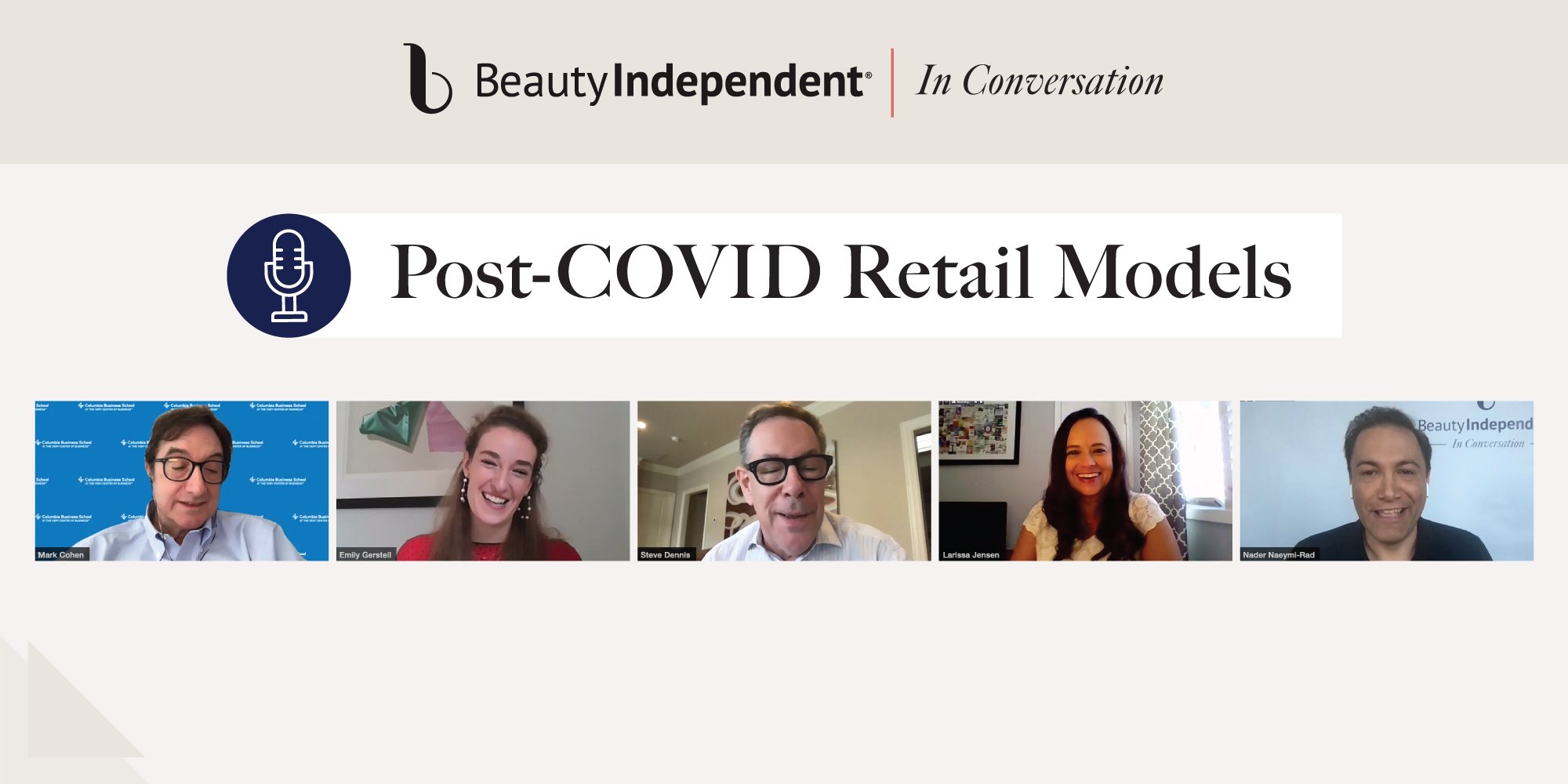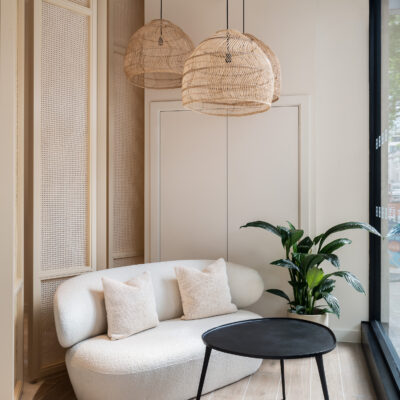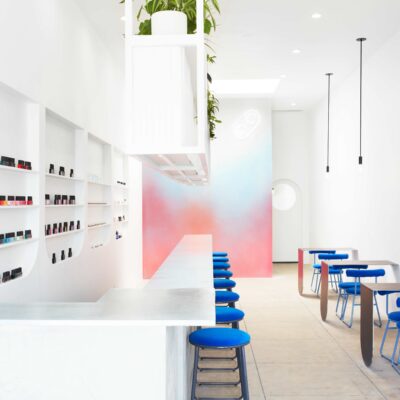
Is There A Role For Traditional Retail In The Post-Pandemic World?
Nearly a decade ago, in an article entitled Why Bricks and Clicks Don’t Always Mix, The New York Times columnist Randall Stross wrote, “Blockbuster’s experience shows that executing a bricks-and-clicks strategy entails a high degree of difficulty, managing not just two very different kinds of businesses with dissimilar domains of expertise, but also a third challenge: integrating two separate systems.”
Swap Blockbuster, ultimately conquered by its digital lag and costly real estate, for practically every physical retailer today and Netflix for Amazon, and the challenges outlined in Stross’s exposition aren’t any less salient. Sure, systems have become increasingly integrated, but clicks and bricks have remained largely in their own universes. More than 80% of J.C. Penney’s sales are conducted at its enormous stores. This month, the 118-year-old department store company filed for bankruptcy.
During the pandemic and after it, Emily Gerstell, associate partner at McKinsey & Company, argues those universes must merge effectively to nail a true omnichannel environment lest contemporary chains be relegated to Blockbuster status. She asked, “How do I ensure that it is set up to deliver on in-store pickup? How do I ensure that everything within the store allows you to tie into what you’re experiencing online, that it’s very integrated with the app?”
Gerstell joined Mark Cohen, director of retail studies at Columbia University, Larissa Jensen, VP and beauty industry advisor at The NPD Group, and Steven Dennis, founder of SageBerry Consulting, for a Beauty Independent In Conversation webinar on Wednesday exploring the retail models of the future moderated by Nader Naeymi-Rad, co-founder of Beauty Independent parent company Indie Beauty Media Group. The retail experts and strategists agreed stores with walls aren’t dead, but the form they take has to change to realistically compete with their digital rivals.
Dennis explained the distinction between buying and shopping is critical to what’s happening in retail. He defines the act of buying as a low-consideration, task-driven transaction, and shopping as a discovery process often involving emotion. Historically, Dennis emphasized e-commerce has been good at the buying part, but struggled with the shopping part. Physical retailers excelled at the shopping part, but their jobs became exceedingly harder as e-commerce surged.
Dennis said, “You used to be able to win by having a great location or having a virtual monopoly on certain sorts of brands, but, once the abundance of the internet was created and you can buy almost anything you want from anywhere, anytime and you can get information about products and pricing, it’s a lot harder to really differentiate yourself.”

Dennis pointed out another bifurcation that’s relevant to retail: The one between value-oriented convenience retailers like Amazon and Walmart, and premium specialty retailers curating unique assortments. “We were seeing success at either end of the spectrum,” said Dennis. “This middle ground, particularly in the moderate department store space, has become increasingly untenable.”
An overabundance of retail real estate has contributed to the untenability. “The adage that suggested if we build it, they will come, worked really well for several decades until it stopped working because there simply was too much square footage per capita,” said Cohen. The Great Recession rocked the retail industry, and Cohen predicts the pandemic will do far more to upend it. However, he believes there’ll always be a reason for physical locations as marketplaces for browsing and anticipates most malls will continue to be fully tenanted. Cohen maintains retailers have to lean into their assortment and presentation skills, convenience and access.
“The customer was handcuffed to a local mall within seven miles of their home, but the handcuffs are gone. E-commerce has basically provided them with a handcuff key. They’ve taken the handcuffs off, thrown them away and, now, they have tremendous choice,” said Cohen. He added, “It’s going to have to be a premier location. It’s going to have to be something very special or, on the other hand, it’s going to have to earn its stripes as opposed to being a near monopoly as it was for so many years.”
To decide the right distribution channel to invest in, Jensen recommended brands dig into data about what categories sell best at various retail locations. NPD reports department stores are top destinations for fragrance, with 41% of shoppers purchasing fragrances in department stores versus specialty stores or online outlets. Prestige makeup and skincare sell better at specialty stores. Skincare and haircare fare better digitally than makeup and fragrance. Prior to the pandemic, 85% of fragrance sales occurred in brick-and-mortar venues, while 70% of skincare sales and 60% of haircare sales took place in physical locations.
“The failure to choose a lane is usually what get’s people in trouble.”
Overall, Jensen divulged traditional retail is responsible for 80% to 85% of prestige beauty sales in the United States. “Brick-and-mortar is so critical. It’s so important still,” she declared, noting impulse purchases are a huge reason why traditional stores are integral to the beauty industry. An NPD holiday study found impulse purchases at brick-and-mortar stores fueled 40% of sales. Online, that figure dropped to 25%.
Dennis built upon Jensen’s distribution insights by stressing brands have to pin down the distribution channel appropriate for their merchandise and scale. For indie brands, he said, “The failure to choose a lane is usually what get’s people in trouble. I think special, not big, is almost always the place to start.” Along with his fellow webinar participants, Dennis said fewer, smaller, focused retail partners that are discovery hubs are crucial for emerging brands.
While Gerstell concurred that aiming for a prominent position in a distribution niche is frequently advantageous for indie brands at first, she highlighted that brands have to identify a path to profitability. She underscored investors are looking closely at brand’s customer acquisition costs and EBITDA. Gerstell said, “I think it’s about what is the retail partner that is going to really work with me, believes in my brand vision, and then I kind of see a path.” Although direct-to-consumer platforms are essential for connecting with core consumers, Gerstell mentioned customer acquisition costs can go down in physical retail, and omnichannel customers are the stickiest.
“Profitable growth can’t be underestimated,” she said. “Before we were prioritizing growth and, now, I think it’s got be both.”





Leave a Reply
You must be logged in to post a comment.